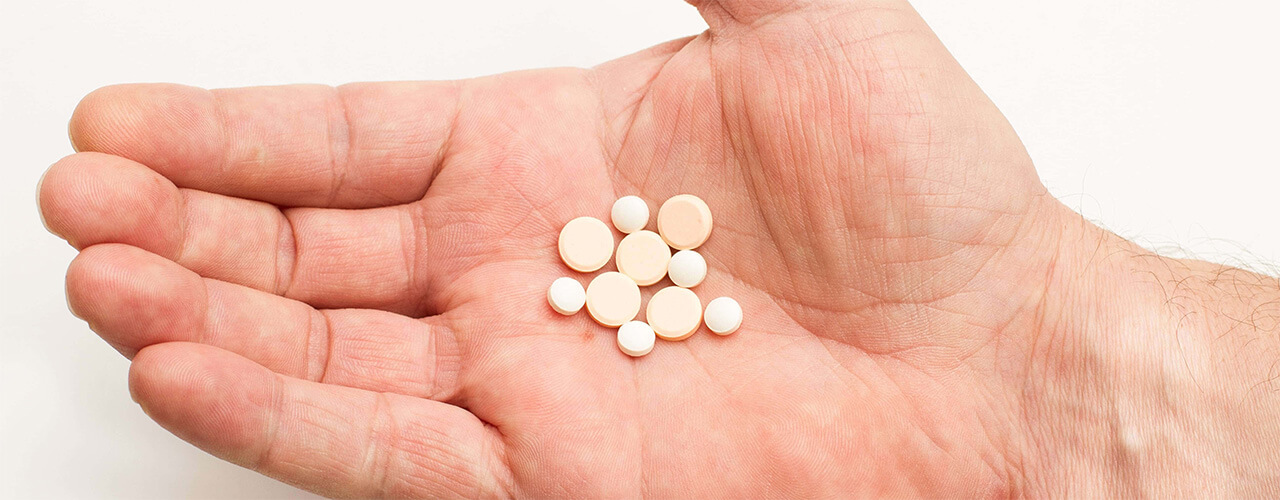If your ankle is in agony, or if there is a pain that you can’t seem to shake, it may be time to see a physical therapist. Imagine this scenario: you get knocked over during your sport or twist your ankle the wrong way during an exercise. The next thing you know, your ankle isn’t capable of bearing your weight without you feeling a sharp pain. This situation is all too common, especially in athletes. Ankle pain can be the result of a sprain or strain, but it can also occur as a result of different slow-growing causes. Nevertheless, no matter what the reason may be, one thing still rings true: ankle pain is unfortunate and limiting, especially when ankle mobility is a large part of your physical performance. For more information on ankle pain and how physical therapy can help you get back in the game, contact Fultz Physical Therapy today.
Common causes of ankle pain
Your ankle is a complex assembly of nerves, tendons, ligaments, muscles, and bones. While the ankle’s main function is to tilt upward and downward, it can also turn inward and outward to a certain degree. Whether your injury is due to a trauma or an underlying condition, it is undeniable that the ankle pain you experience will hinder certain aspects of your life.
Ankle pains can be placed into two categories: acute and chronic. Acute pains occur suddenly, due to a trauma, such as a collision, impact, twist, or some other form of damage. Acute pain is typically severe at first but tends to go away once the injury is healed. Chronic pains are persistent, typically lasting for 3 months or longer, and are usually the result of an underlying condition.
Sprains and strains are among the most common ankle injuries. Sprains occur when a ligament is stretched or torn, while strains occur when a muscle or tendon is stretched or torn. With sprains, you are more likely to see bruising, while strains are more likely to result in muscle spasms. Both injuries can cause intense pain, especially initially, and can cause swelling and decreased range of motion in the affected ankle. Fractures are another type of acute injury, which is much more severe than a sprain or strain. They tend to be even more painful, and they may require a form of intentional immobilization, such as a walking boot or cast.
Some chronic conditions that can result in ankle pain include:
- Arthritis. The two most common types are osteoarthritis and rheumatoid arthritis. Osteoarthritis occurs when the cartilage in your joints diminishes through excessive overuse or “wear and tear.” Rheumatoid arthritis occurs when the body’s immune system attacks the joints, causing them to become inflamed. Another form of arthritis is known as gout, which causes pain and tenderness in the joints, especially in the ankles and feet.
- Bursitis. This is an inflammation of the cushioning structures located in the ankle joint.
- Tarsal tunnel syndrome. This is a type of nerve impingement in the ankle that occurs when the surrounding tissue becomes inflamed.
How physical therapy can correct ankle pains:
If you have sustained an acute injury, X-rays will typically be required in order to determine your diagnosis. Sprains or strains will typically be prescribed R.I.C.E treatments initially, also known as “rest, ice, compression, and elevation.” Fractures typically vary but will need other treatments. You may also be provided with an anti-inflammatory medication if the pain and swelling are severe. If chiropractic adjustment is needed, it will be postponed until the initial trauma has subsided.
However, physical therapy treatments can usually start right away, whether your injury is acute or chronic. Your physical therapist will take into account your condition, symptoms, health history, and physical goals before creating a treatment plan for you. After this is decided, your physical therapist may prescribe non-weight-bearing exercises, such as:
-
- Inversion/eversion. This exercise requires you to point your feet either to the left or right.
- Resistance training. This is usually done with a TheraBand looped around the foot.
- Plantar flexion.
- “Toe drawing.” Your physical therapist may have you “draw” letters of the alphabet with your toes.
- Isometric exercises. These are gentle exercises, used to build ankle muscle strength.
Your physical therapist may also perform specialized physical therapy treatments, such as manual therapy, ice and heat therapies, ultrasound, or massage as deemed fit. These are all aimed at relieving pain, promoting healing, and improving your range of motion. If you are concerned about your ankle pain, give us a call today. Our highly trained physical therapists will help rehabilitate your ankle safely and effectively.
Tags: Health, Exercise, Back Pain Relief, Headache Relief, Weight loss, Complete protein, Enhance Performance, Fitness, Pain Free










